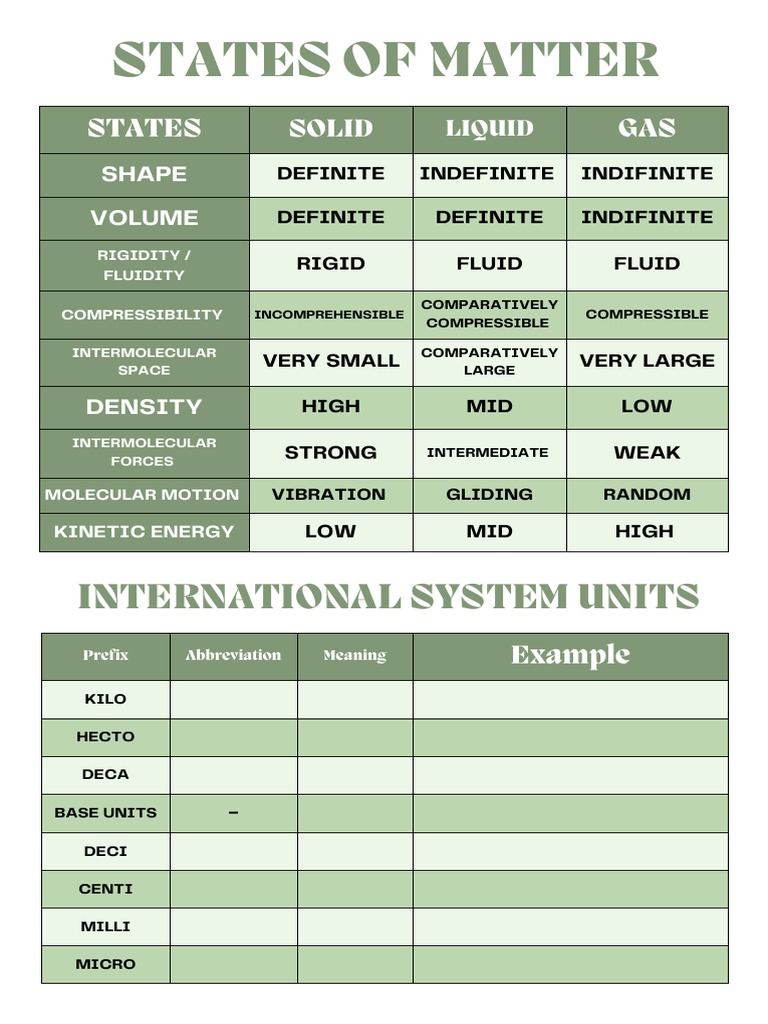In the vast expanse of human knowledge, the classification of matter has intrigued both scientists and philosophers alike. Traditionally, matter has been categorized into three primary states: solid, liquid, and gas. However, a tantalizing assertion has emerged in contemporary discussions: the possibility that there might be as many as twenty-two distinct states of matter. This claim invites a probe into the intricacies of physics, beckoning us to challenge our conventional understandings and explore the avant-garde realms of materials science and quantum physics.
The heart of this discourse lies in the definitions and categorizations that frame our understanding of matter. At its most fundamental level, matter is any substance that possesses mass and occupies space. Under this definition, one might presuppose that the simplicity of three states suffices. Yet, the interplay of temperature and pressure catalyzes the transitions between these states, revealing a spectrum of conditions under which matter can exist.
To embark on a journey through the claim of twenty-two states, we must first broaden our perspectives. Among those states, we can observe various phases such as plasma, Bose-Einstein condensates, and fermionic condensates. Plasmas, for instance, are ionized gases exhibiting collective behavior that profoundly diverges from that of atomic gases, showcasing the complexity present in high-energy environments – such as stars. The enigmatic state of Bose-Einstein condensates, formed at temperatures approaching absolute zero, exhibits quantum phenomena on a macroscopic scale, wherein particles behave as a single entity. Such classifications not only challenge traditional paradigms but also hint at the multitude of states lying beneath the surface of molecular simplicity.
One might wonder: does the existence of these unconventional states warrant a reexamination of the very essence of matter? The shift in paradigm prompts the consideration of exotic states such as superfluids and supersolids. Superfluids, which can flow without viscosity, transcend our standard notions of liquid behavior, while supersolids defy categorization as they possess both crystalline properties and fluid-like characteristics. The juxtaposition of solid and liquid states invites deeper inquiry into the underlying principles that govern matter at the quantum scale.
Moreover, the assertion of 22 states encourages an exploration of the conditions under which these states may manifest. The interplay of extreme conditions, such as those present in neutron stars or during high-energy particle collisions, encourages the emergence of increasingly complex states. In laboratories around the world, scientists have successfully synthesized materials such as time crystals, which break traditional symmetry and exhibit temporal periodicity. These advanced states compel us to refine our definitions and embrace a broader classification spectrum that extends beyond the foundational triad.
The exploration of these additional states of matter not only elevates our understanding of physics but imbues tangible implications across various industries. The ability to manipulate matter at such granular levels offers revolutionary potential in fields ranging from materials science to quantum computing. The realization of states that defy conventional expectations challenges inventors and scientists to devise novel applications and technologies that harness these unique properties.
As we ponder more unusual states, we find both theoretical and empirical studies surfacing regarding the existence of liquid crystals, quark-gluon plasma, and even the hypothesized states of dark matter. Liquid crystals, which are vital in display technologies, straddle the line between solid and liquid, demonstrating their utility despite their unique classification. Quark-gluon plasma, theoretically existing at energy densities exceeding those found in the core of neutron stars, represents an extraordinary state of matter that offers insights into the extreme conditions of the universe shortly after the Big Bang.
Delving deeper, the notion of phase transitions becomes critical when discussing these unexplored states. Phase transitions are transformations that substances undergo when subjected to external pressures and temperatures. In contexts ranging from ordinary ice melting into water to the complex behavior of high-temperature superconductors, these transitions frequently give rise to newly emergent states that elude the average observer’s grasp. The parameter space of temperature, pressure, and other physical conditions allows for a kaleidoscope of possibilities, each one corresponding to a unique arrangement of matter.
Ultimately, the assertion of twenty-two states can serve as a provocative point of contention, urging scholars and laypersons alike to explore the limitations of traditional understandings. Is it not a tantalizing prospect to consider the myriad forms that matter could potentially take? In contemplating the vast landscape of matter’s possible states, we recognize that our current conceptual frameworks may be inadequate to encompass the universe’s full complexity—a realization that instills both humility and wonder.
In conclusion, the very inquiry into the nature of matter’s states encapsulates the endless pursuit of knowledge intrinsic to the human experience. The simplistic tripartite model of solid, liquid, and gas, while foundational, may prove insufficient in the wake of ongoing scientific exploration. As our understanding deepens and evolves, the assertion that there are twenty-two states becomes less frivolous and more a reflection of the complexities embedded in our natural world. The exploration of these states is not only a testament to human curiosity but a profound invitation to redefine our collective understanding of what matter truly is, and how it might behave under an expansive array of conditions.












